8 top tips for planning your 2024 total eclipse trip
From scouting locations to staying safe, here's how to prepare for the total solar eclipse.
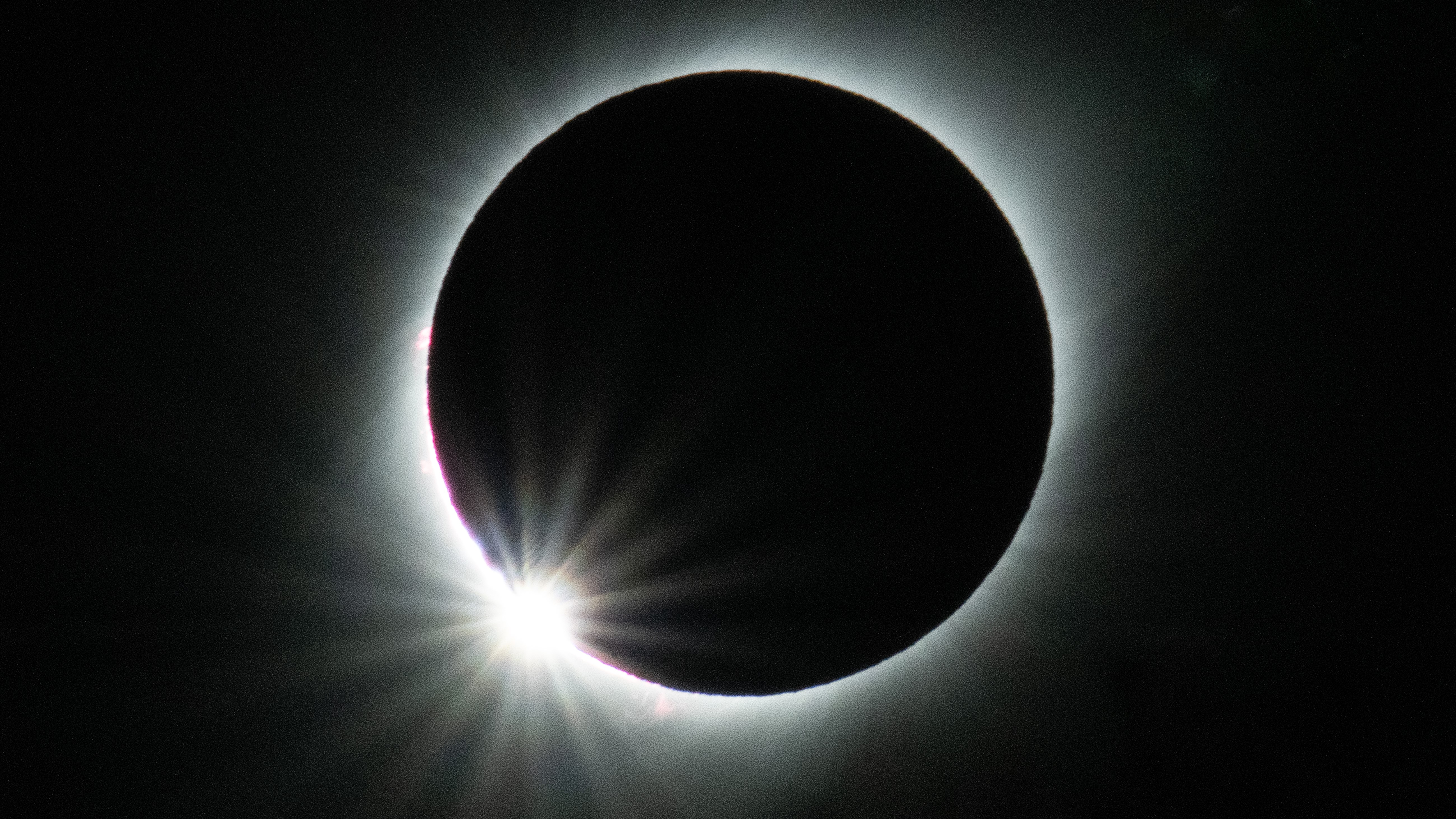
We don't have long to wait now, so it's high time you got organized for the rare total solar eclipse on Monday, April 8, 2024.
A much bigger, grander affair than the annular solar eclipse just gone, this event will include totality — darkness in the day and a chance to see the sun's corona with your naked eyes — but only if you're in exactly the right place at the right time.
For much of the Americas, the event won't be hugely different from what was experienced on Oct. 14. Although the northeast U.S. will this time see a huge partial solar eclipse, it won't be a grand spectacle unless you get to the path of totality.
Related: Where will the April 2024 total solar eclipse be visible from?
The 115-mile-wide (185 kilometers) path of totality will cross three states in Mexico, 15 U.S. states and four states in southeast Canada, according to NASA, but such is the rarity and popularity of this event that it will hugely pay to get informed and organized as soon as possible. Here are eight top tips for planning your total solar eclipse experience.
1. Understand the map
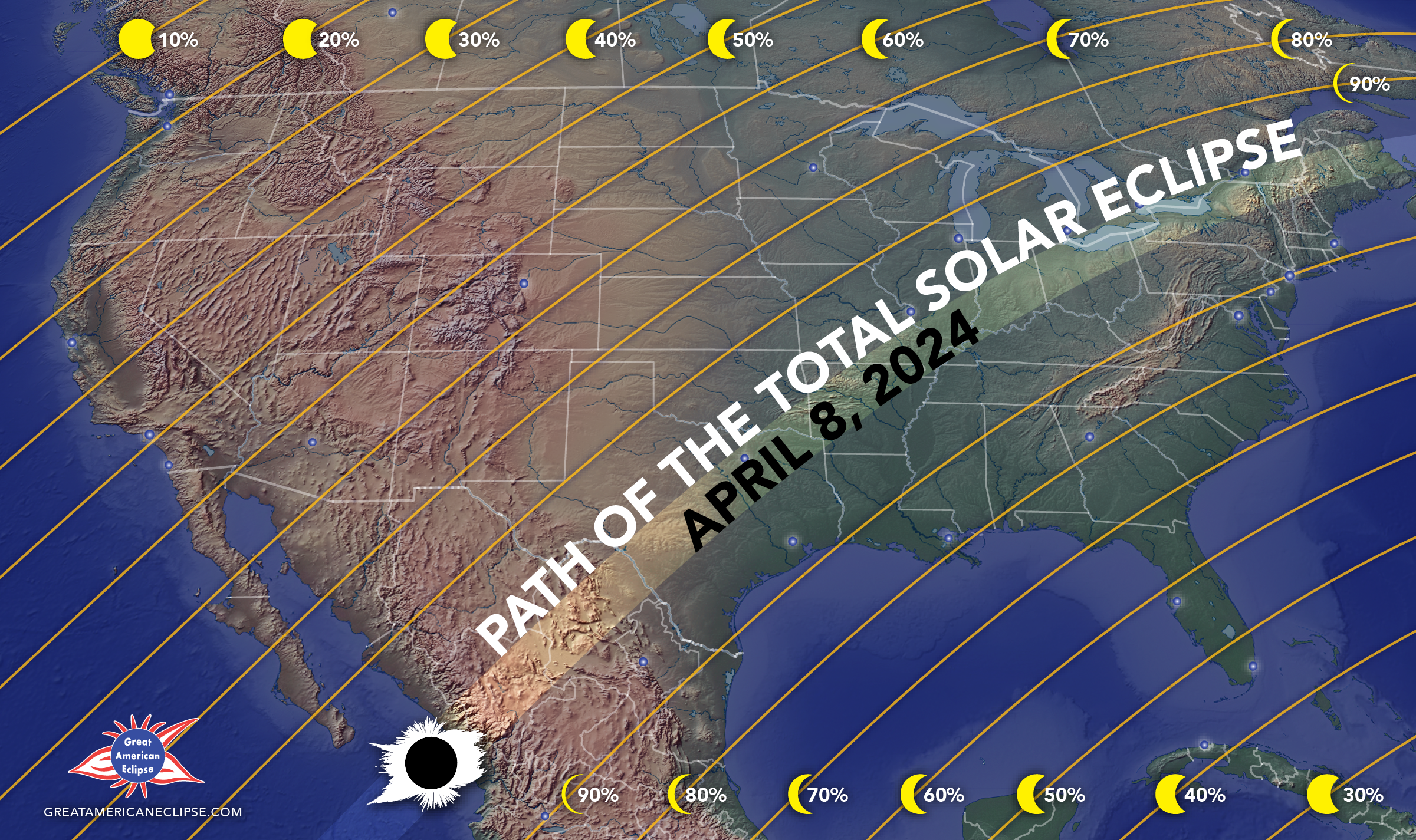
The path of totality is where the inner umbral shadow of the moon will move across North America. It's only 115 miles (185 km) wide, though about 8,000 miles (13,000 km) long. Outside of it, you will see a partial solar eclipse where the moon appears to take a "bite" out of the sun.
Excellent interactive eclipse maps can be had from Eclipse2024.org and French eclipse calculator Xavier Jubier's website while printed maps, books and guides are available from Great American Eclipse.
Get the Space.com Newsletter
Breaking space news, the latest updates on rocket launches, skywatching events and more!
The path of totality will cross parts of the states of Sinaloa, Durango and Coahuila in Mexico, Texas, Arkansas, Oklahoma, Missouri, Tennessee, Illinois, Kentucky, Indiana, Ohio, Michigan, Pennsylvania, New York, Vermont, New Hampshire and Maine. in the US, and Ontario, Quebec, New Brunswick and Newfoundland in Canada.
Related: How to read and understand a solar eclipse map
2. Don't obsess about the centerline
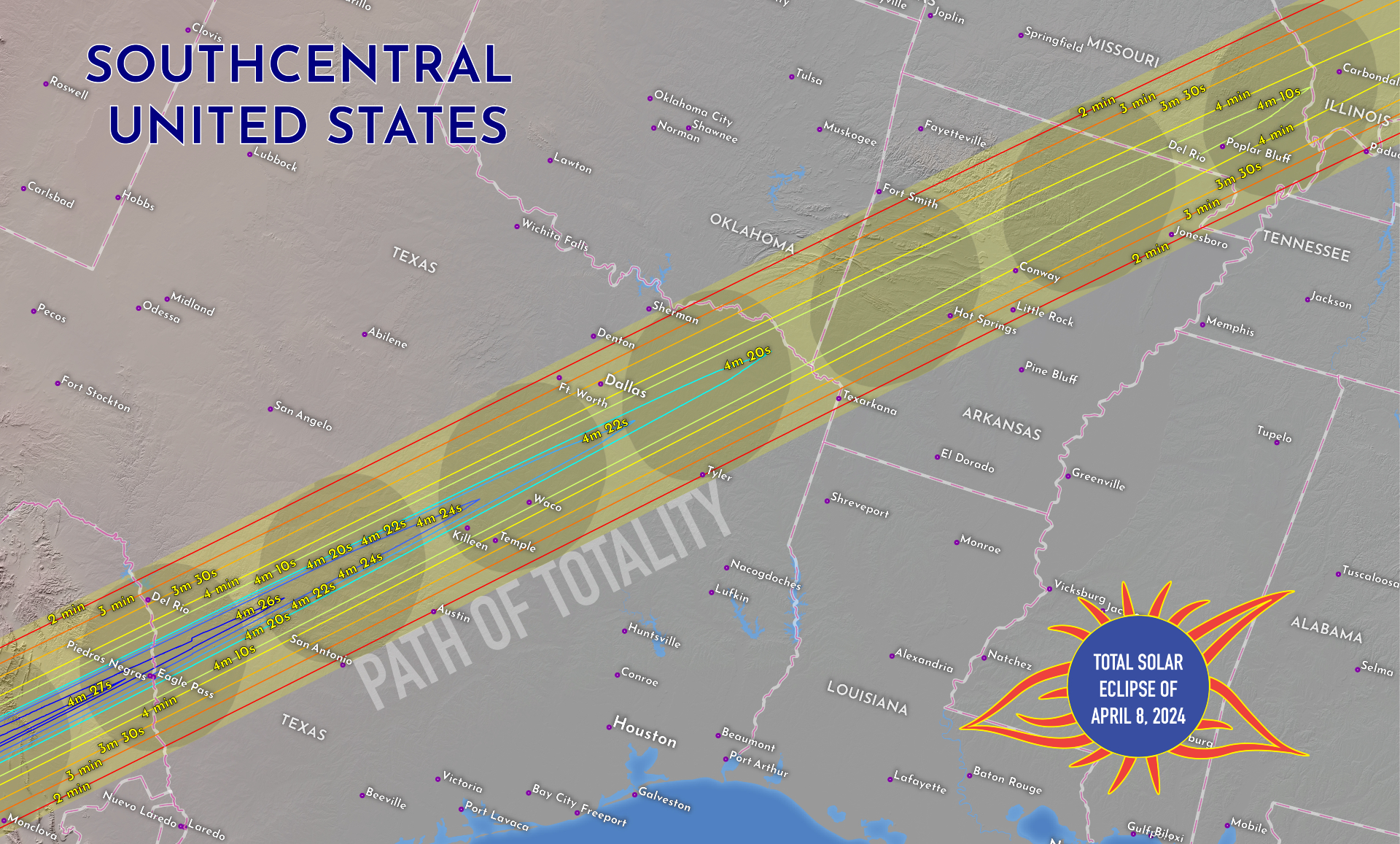
You only need to be within the path to experience totality, but how long you experience it for depends on two things — where you are on the continent and where you are with respect to the edges of the path.
Wherever you are, the centerline of the path is where the moon's round shadow is widest and takes longer to move over you, so totality lasts longest. Lodgings close to the centerline are likely long sold out by now. However, your general geography also matters. Stand on the centerline in Texas and it's possible to experience a totality lasting 4 minutes 27 seconds while as the path leaves Canada it's just 2 minutes 52 seconds. It's a sliding scale across North America, with the maximum duration tailing off as the moon's shadow moves more quickly as it moves northeast.
It's useful to know all this, but this is the longest total solar eclipse inland for over a decade. So anywhere within the path of totality with three-or-so minutes duration is a massive achievement.
3. Find a special place
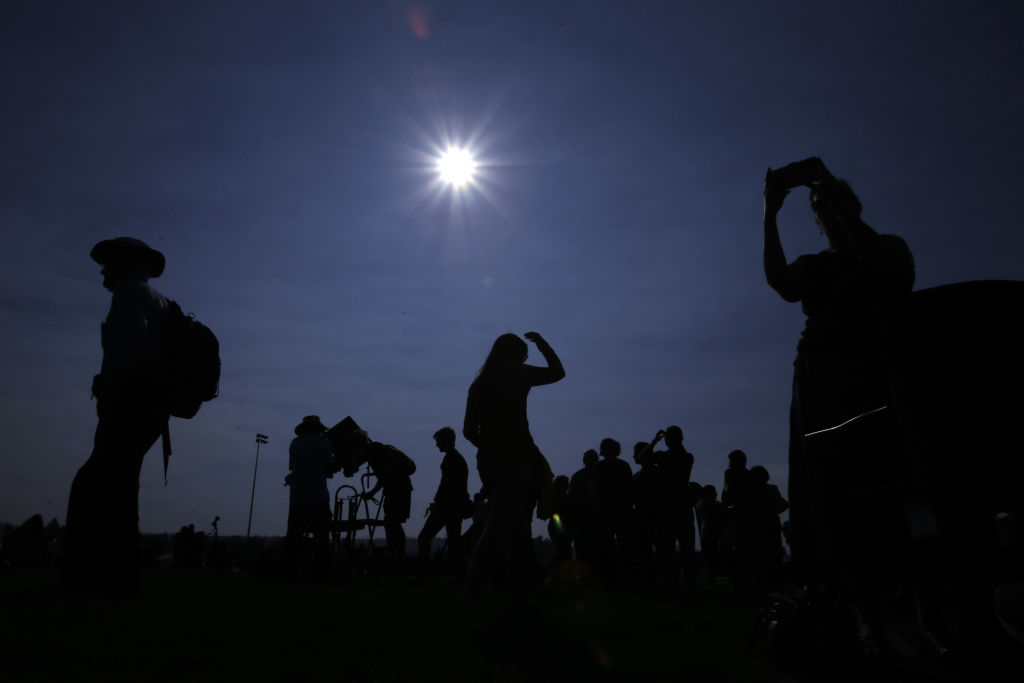
The best scenic locations for this eclipse include everything from Niagara Falls and Lake Erie to Texas Hill Country and Petit Jean State Park in Arkansas but think beyond honeypot destinations, where crowds and traffic are bound to be bad.
The changing light, the twilight, the roosting birds and the look of astonishment and delight on the faces of loved ones are all highlights of experiencing totality. If the eclipse closes your house, why would you not stay at home? It's a once in 375 years opportunity, after all. Scour the eclipse maps for places special to you if you want a "me" eclipse or, if you'd rather have a "we" eclipse then find your ideal festival, observing event or rooftop party — and make a reservation as soon as you can.
4. Think about clouds and clear skies
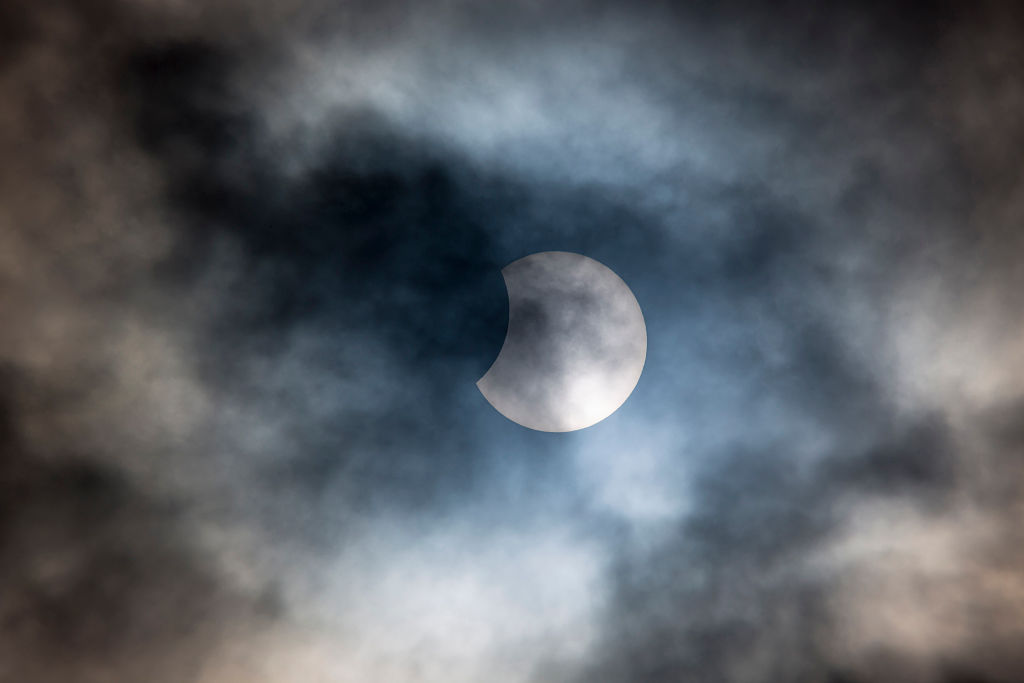
Obsessing about the centerline and choosing a scenic location is par for the course for people preparing for total solar eclipses, but if you're going to get organized, do it twice.
What if it's going to be cloudy where you plan to be? You'll know this about three days before when the short-term weather forecasts come out (the Windy app is handy for that and so is Eclipsophile). It's probably not an enticing prospect, but are you prepared to drive 1,000 miles in a couple of days before the eclipse and sleep in your car? If you are in a position to do that, stay mobile and look at a road atlas for the eclipse (Road Atlas for the Total Solar Eclipse of 2024 by Fred Espenak is excellent). Interstates that link potential locations are your best friend in the days before the eclipse. Prepare a Plan B like it's inevitable because the chance of cloud is at least 50% across the U.S. and Canada.
5. Plan a road-trip
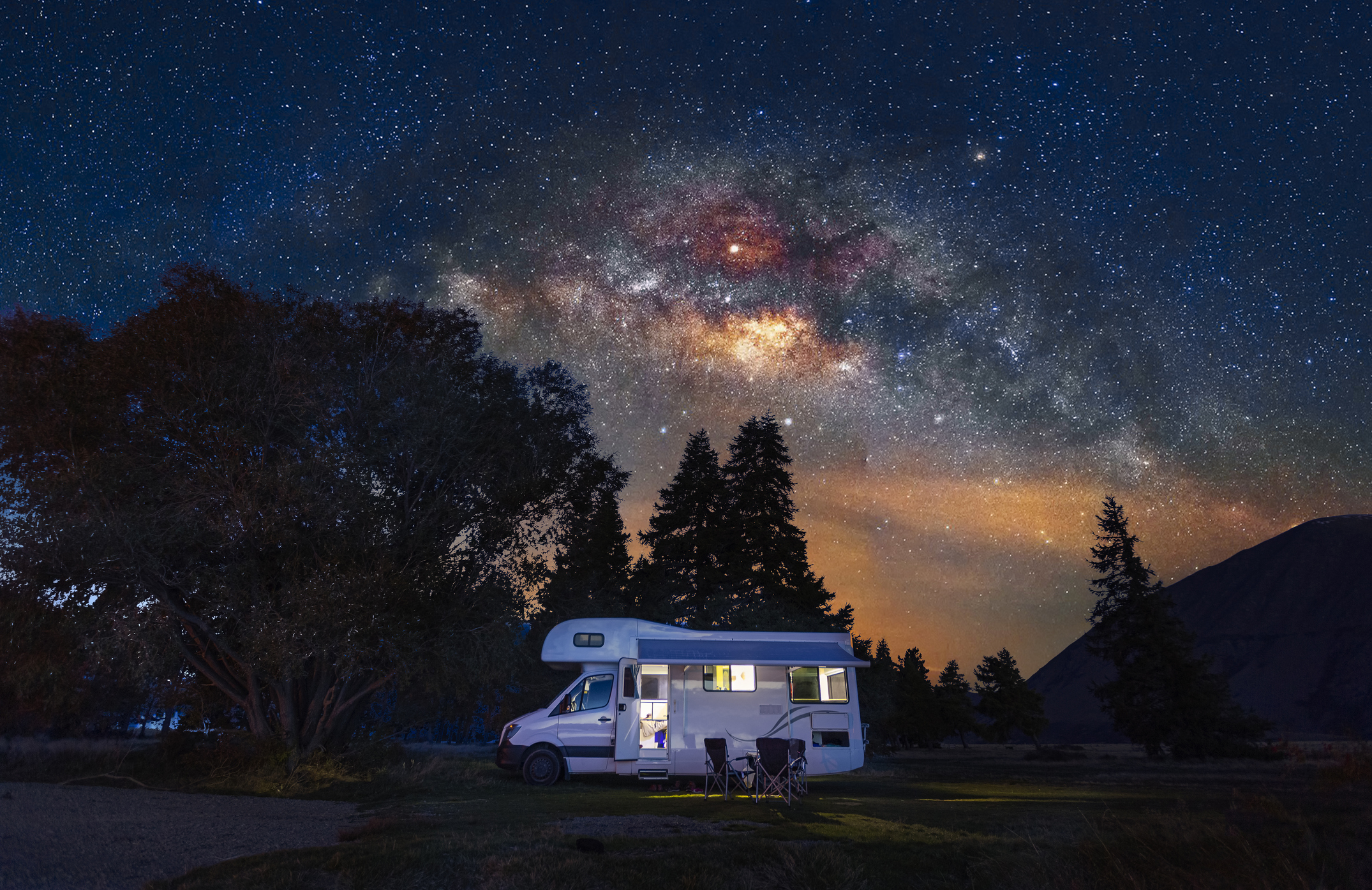
A good way to stay mobile and guarantee a great vacation is to go on a road trip. It may depend on whether you can rent a campervan or an RV to cover the dates — something that will be easier the farther you live from the path of totality — but a road trip that intersects the path of totality has other advantages.
Maybe you want to tour the Johnson Space Center in Houston before seeing the eclipse in Texas. Or perhaps a stargazing trip to that state's remote Big Bend National Park cold work (though there are any number of International Dark Sky Places to choose from). Since solar eclipses happen at new moon the week before is particularly good for stargazing.
Related: The ultimate guide to planning epic stargazing road trips in the US southwest
6. Consider a 'city eclipse'
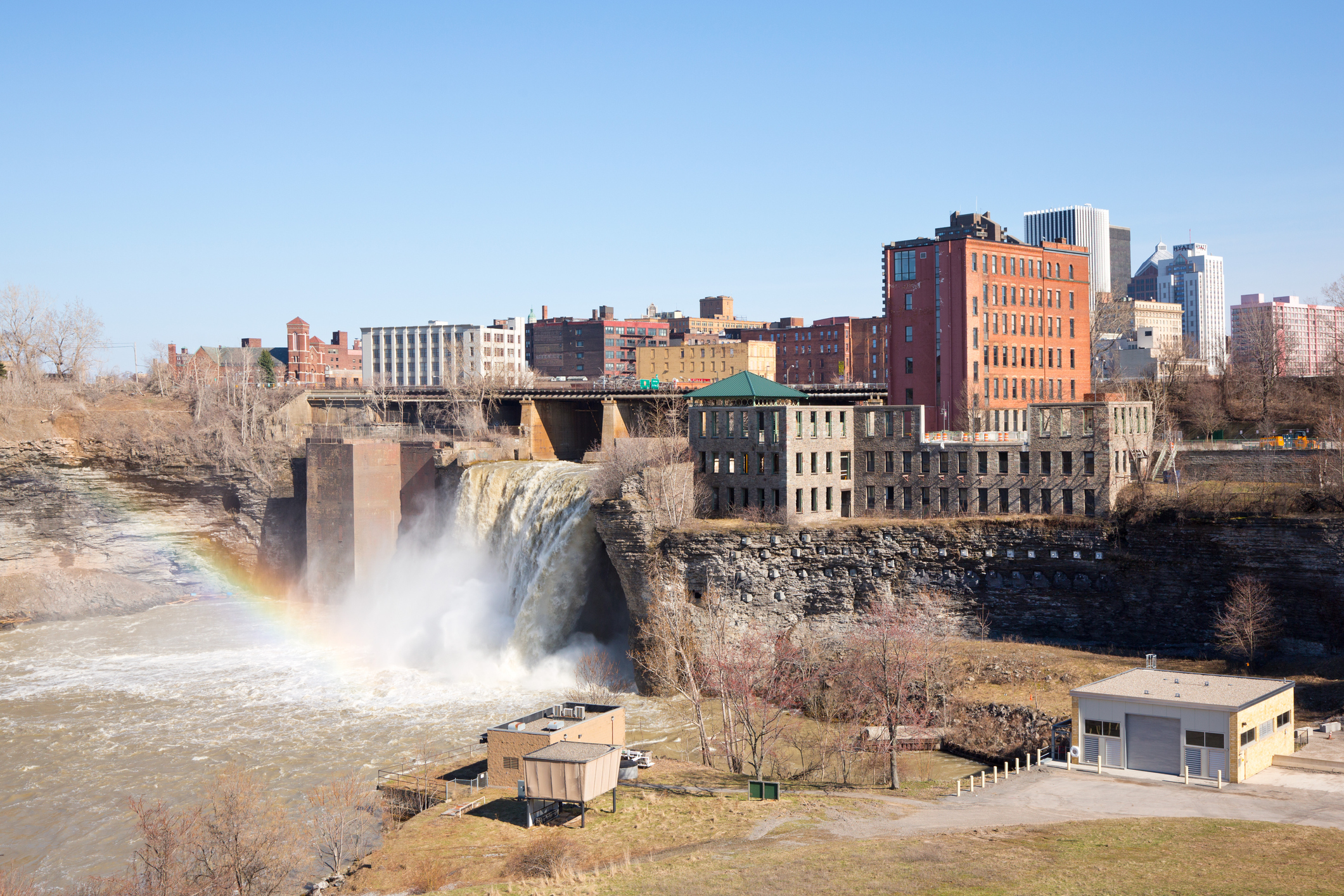
About 32 million people live inside the path of totality, almost three times more than in 2017 — and many of them in cities. While hotels and lodging already sell for extortionate prices in the Texas Hill Country and Arkansas — which have the biggest chance of clear skies — cities have way more capacity.
It's not often that any large cities experience totality, but this time they include Mazatlan, Torreon, Dallas, Indianapolis, Cleveland, Buffalo, Rochester and Montreal. There are dozens of other cities right on the edge of the path, too.
7. Forget cameras, embrace binoculars
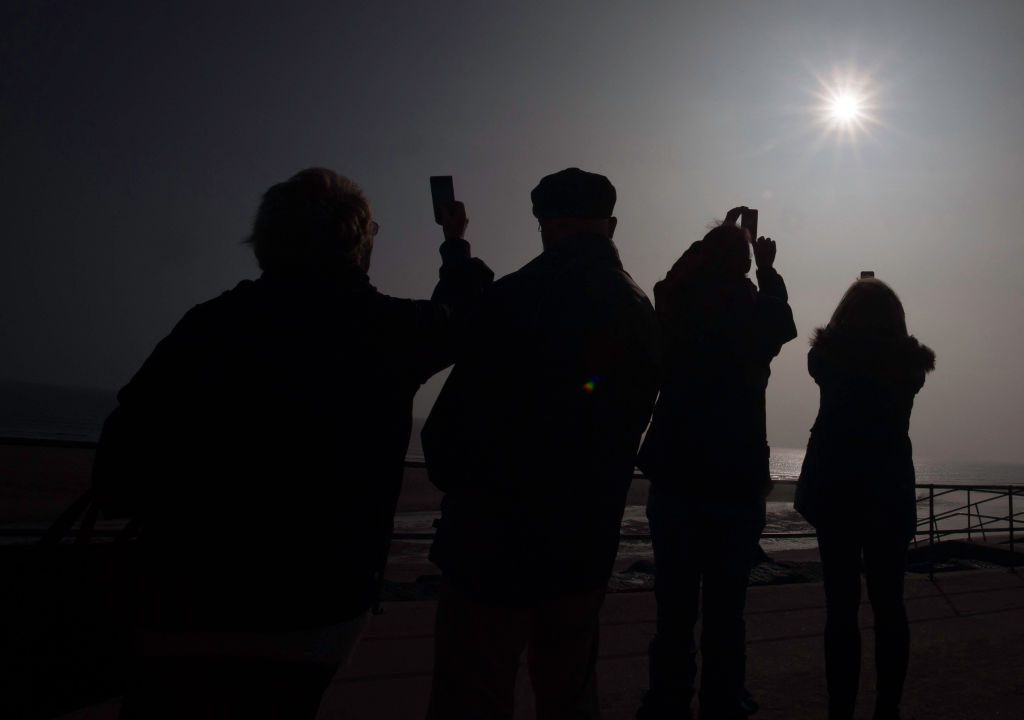
Fancy shooting a sequence, a panorama or close-ups of the solar corona during totality? Settings, filters, when to remove filters, when to put them on again, then fiddling with exposure settings during *the most incredible few minutes of your entire life*.
Why would anyone bother to photograph a total solar eclipse? It's a bit like filming your own wedding. Smartphones are way easier — you just use your wide-angle lens, focus on something in the middle distance just before it starts to get really dark, lock that focus (using a long press) and hit the shutter when it gets dark. Now — during totality — put your phone away and reach for any pair of binoculars for the *sight of your life*! You won't regret it.
Remember to NEVER look at the sun without appropriate safety equipment, only during "totality" when the sun is completely eclipsed by the sun can you look at the sun with the naked eye. At all other times observers will need to wear solar eclipse glasses, and cameras, telescopes and binoculars must have solar filters placed in front of their lenses at all times.
Our how to observe the sun safely guide tells you everything you need to know about safe solar observations.
8. Stay after totality
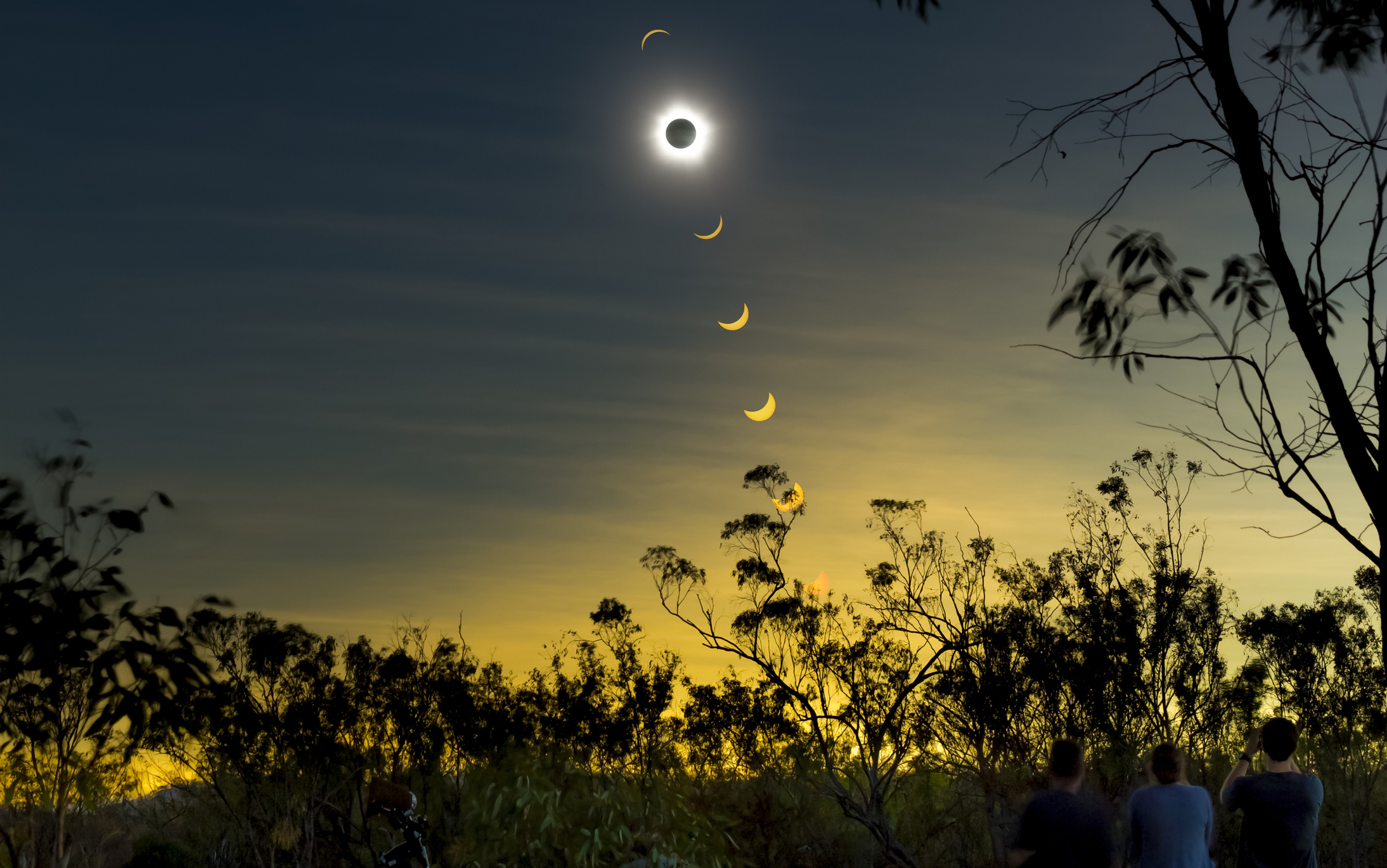
Everyone knows the traffic was awful after the "Great American Eclipse" on August 21, 2017. Vehicles queued for many hours to get home. That will happen again and there's nothing you can do to prevent it. So stay in your location for a while.
After all, how often do you get to see a huge partial solar eclipse, which is what unfolds after totality just as it did beforehand? Besides, you'll want to pay homage to the moon. Thanks, moon.
Join our Space Forums to keep talking space on the latest missions, night sky and more! And if you have a news tip, correction or comment, let us know at: community@space.com.

Jamie is an experienced science, technology and travel journalist and stargazer who writes about exploring the night sky, solar and lunar eclipses, moon-gazing, astro-travel, astronomy and space exploration. He is the editor of WhenIsTheNextEclipse.com and author of A Stargazing Program For Beginners, and is a senior contributor at Forbes. His special skill is turning tech-babble into plain English.









